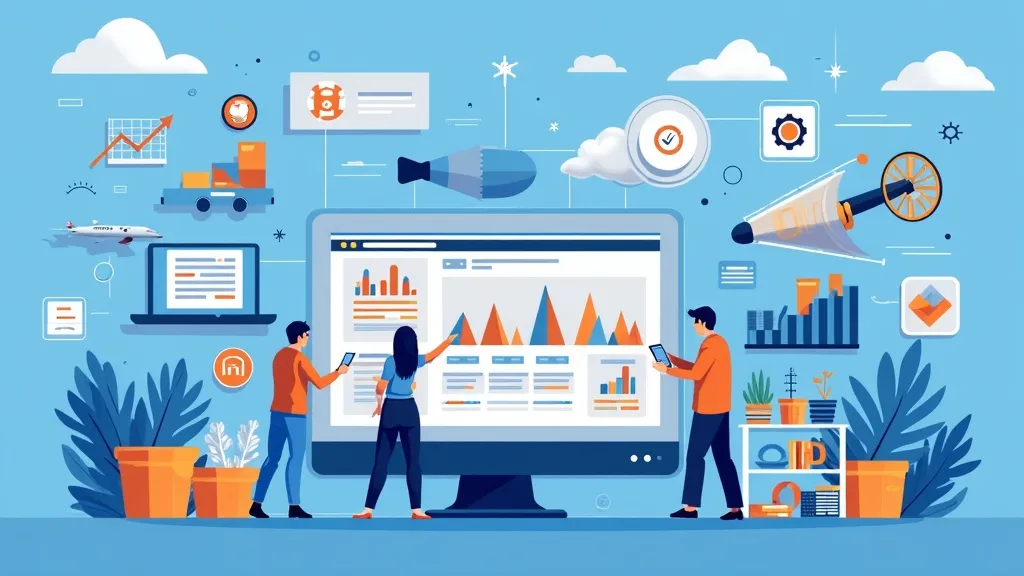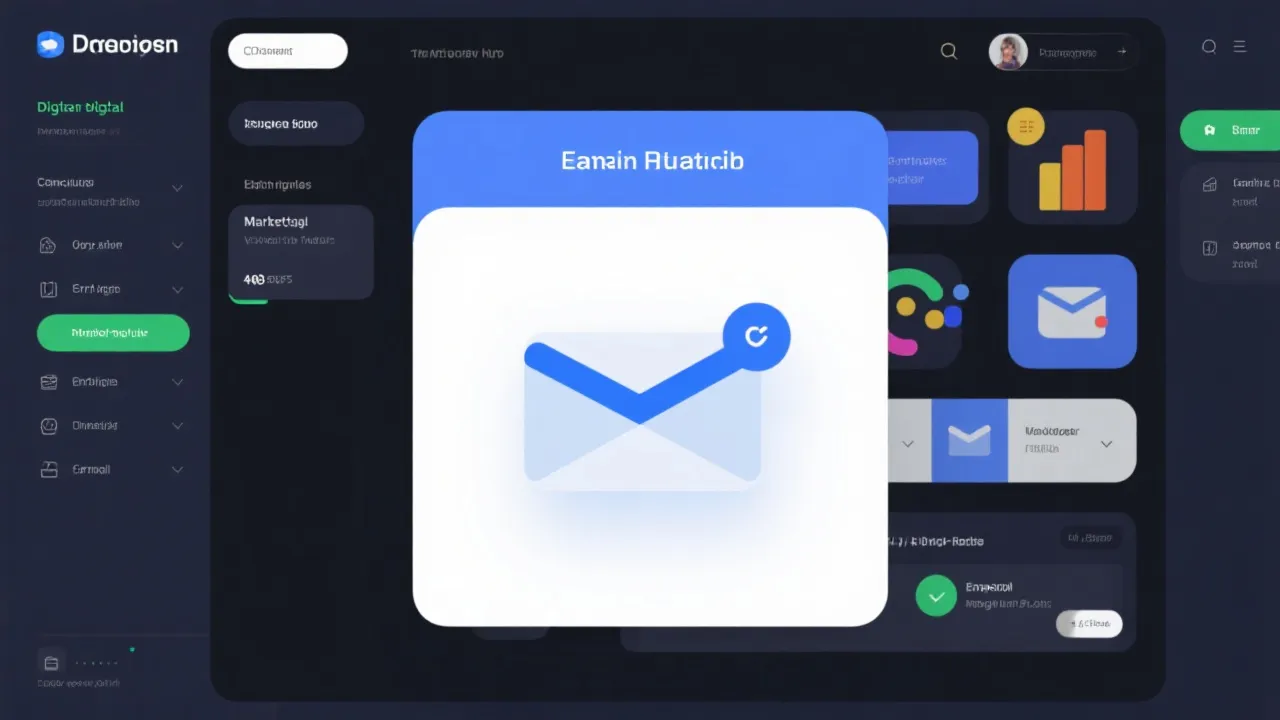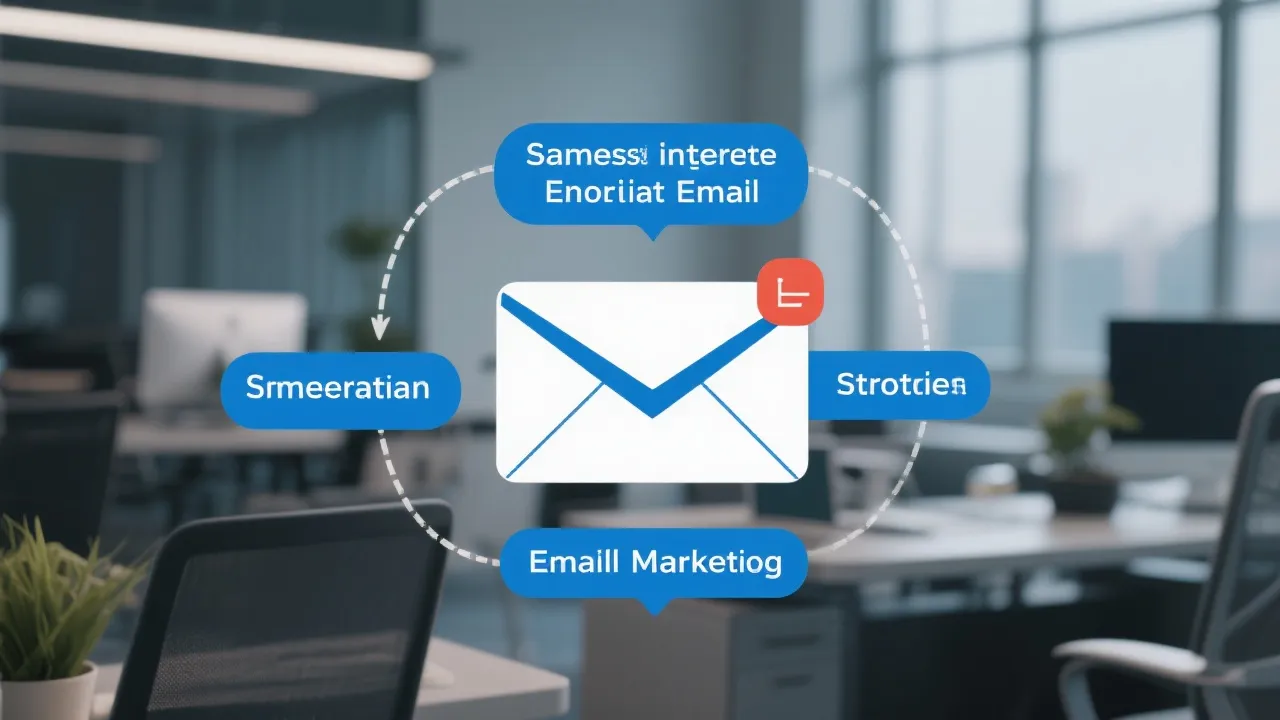Mastering Shopify Marketing Automation
This comprehensive guide delves into Shopify Marketing Automation, offering insights into its role in boosting e-commerce efficiency. In the competitive landscape of online retail, automation is pivotal, streamlining tasks, enhancing customer engagement, and maximizing business growth. The article examines various tools and strategies, providing a detailed analysis from an industry expert's perspective to help businesses thrive.

Understanding Shopify Marketing Automation
As e-commerce continues to evolve, the demand for efficient, effective marketing solutions has never been greater. At the forefront of these innovations is Shopify Marketing Automation, a suite of tools designed to streamline marketing tasks, enhance customer experiences, and ultimately drive sales for Shopify store owners. Understanding this automation process is crucial for e-commerce proponents looking to maximize their market reach and efficiency.
The Role of Automation in E-commerce
Automation in e-commerce refers to using software to automate repetitive tasks that are time-consuming if done manually. Shopify Marketing Automation encompasses a variety of tools and practices specifically tailored for Shopify users, making it easier to manage marketing campaigns, customer relationships, and operational tasks. This technology helps businesses save time, reduce errors, and focus more on strategic growth initiatives. By implementing automation, e-commerce businesses can streamline workflows, improve reporting accuracy, and ultimately cultivate a more engaging and personalized experience for their customers.
Features of Shopify Marketing Automation
Shopify's automation capabilities come with a rich assortment of features aimed at optimizing e-commerce success. Here are some pivotal features and how they can enhance business processes:
| Feature | Description |
|---|---|
| Email Campaigns | Automatically sends customized emails based on customer behavior, such as product recommendations, seasonal offers, or abandoned cart reminders. This ensures that customers receive timely communication that resonates with their purchasing habits. |
| Customer Segmentation | Allows businesses to categorize customers into specific segments based on their behavior, buying history, and demographics. This facilitates targeted marketing efforts, ensuring that messages reach the right audience, increasing the chances of conversion. |
| Workflow Automation | Streamlines various operational processes, including order management and customer service interactions. Tasks like sending shipment notifications or FAQ responses can be automated, freeing up staff to handle more complex inquiries. |
| Analytics and Reporting | Provides detailed insights into marketing campaign performances and customer behavior analytics. This helps businesses understand what strategies are working, enabling data-driven adjustments for improved results. |
| Social Media Integration | Links directly to social media platforms, allowing for the automated posting of promotions, new products, or newsletters which keeps your presence active and engaging without constant manual updates. |
| Live Chat Automation | Utilizes AI technology for live chat on e-commerce websites, which can answer common customer queries and guide shoppers through their purchasing journey, leading to higher conversion rates. |
Benefits of Shopify Marketing Automation
The benefits of implementing Shopify Marketing Automation are multifaceted. For starters, it significantly enhances customer engagement by ensuring timely, relevant communication. Automation tools can analyze customer behavior to personalize communications, increasing the likelihood of conversions. Furthermore, by automating routine tasks, businesses can allocate more resources to strategic planning and creative initiatives, promoting better use of manpower and financial resources. Moreover, automation can help in reducing cart abandonment rates, personalizing the shopping experience, and increasing brand loyalty through more engaging interactions.
Choosing the Right Automation Tools
Selecting the right automation tools is crucial for maximizing the benefits of Shopify Marketing Automation. Considerations should include the specific needs of the business, the scalability of the solution, and its compatibility with existing systems. Popular tools include Klaviyo for email marketing, which provides excellent segmentation and sophisticated analytics, Omnisend for multi-channel marketing that encompasses SMS, email, and social media, and Privy for customer acquisition focusing on lead capture and exit-intent popups. Each of these tools offers distinct features that can contribute to a cohesive and successful marketing strategy, allowing businesses to tailor their approach and engage their audience effectively.
Steps to Implement Shopify Marketing Automation
Successfully implementing Shopify Marketing Automation involves several key steps:
- Define Business Goals: Establish clear objectives for what you want to achieve with automation, such as increasing sales or improving customer retention. This step sets the foundation for all subsequent activities.
- Evaluate Current Processes: Analyze existing marketing strategies and workflows to identify areas ripe for automation. Understanding where time and resources are wasted is crucial to making informed decisions.
- Select Appropriate Tools: Choose tools that align with your business goals and integrate well with Shopify. Ensure they can accommodate future growth and changes in your marketing strategy.
- Set Up Automated Workflows: Design and implement workflows for routine tasks such as welcome emails, upsell offers, and re-engagement campaigns. Mapping these processes can help visualize the customer journey.
- Train Team Members: Ensure your team is well-versed in the tools and processes. A knowledgeable team can maximize the effectiveness of the automation tools you choose to implement.
- Analyze and Adjust: Regularly review analytics to assess the effectiveness of automated campaigns and make necessary adjustments. Continuous improvement is essential in the dynamic world of e-commerce.
Best Practices for Effective Marketing Automation
To make the most of Shopify Marketing Automation, consider implementing the following best practices:
- Personalize Customer Interactions: Use data to personalize emails and offers. Tailoring messages based on past purchases or browsing behavior helps create a more engaging experience.
- Segment Your Audience: Not all customers are the same; segmenting your audience will allow for more targeted and effective marketing efforts. This can be done dynamically based on customer interactions and behaviors.
- Test and Optimize: Regularly conduct A/B tests on your campaigns to understand what resonates with your audience. Utilize metrics to refine your automation strategies and continuously improve your campaigns.
- Integrate Across Channels: Ensure that all your marketing channels are integrated. For example, your email marketing campaigns should relate to the promotions on your social media and your website to provide a consistent customer experience.
- Be Mindful of Frequency: While automation allows for easy communication, it’s essential to find a balance. Over-communicating can lead to customer fatigue, so consider your audience’s preferences regarding communication frequency.
Challenges of Marketing Automation
While there are numerous benefits to Shopify Marketing Automation, there are also challenges that businesses may face:
- Implementation Costs: Depending on the tools chosen, there might be significant upfront costs associated with implementing automation solutions, which could be a barrier for small businesses.
- Complexity of Setup: Setting up automated workflows can be complex and may require technical skills that some business owners do not possess. This could necessitate hiring consultants or dedicating time to learning.
- Data Management Challenges: Automation relies on data, and maintaining accurate, up-to-date customer information can be challenging. Poor data management can lead to ineffective marketing campaigns.
- Customer Experience Concerns: If not done correctly, automation can lead to impersonal customer experiences. Customers may feel undervalued if they receive too many generic communications.
FAQs
1. What is Shopify Marketing Automation?
Shopify Marketing Automation refers to using automated tools and software within the Shopify platform to streamline marketing activities, enhance customer interactions, and boost overall business efficiency. It brings various functions together, enabling seamless marketing strategies.
2. How does automation benefit small businesses on Shopify?
Automation helps small businesses save time and resources by handling repetitive tasks automatically, allowing more focus on growth strategies and customer engagement. This equalizes the playing field for smaller businesses competing against larger rivals.
3. Can Shopify Marketing Automation improve customer retention?
Yes, by sending personalized, timely communications and offers, businesses can significantly improve customer satisfaction and retention rates. Engaging customers with relevant content fosters loyalty and encourages repeat purchases.
4. What are some top tools for Shopify Marketing Automation?
Popular tools include Klaviyo, Omnisend, and Privy, each offering specialized features for different aspects of marketing automation. Assessing your specific needs will help determine the most suitable option for your business.
5. Is Shopify Marketing Automation costly?
The cost varies depending on the tools and scale of implementation, but many businesses find that the efficiency and increased sales justify the investment. Over time, the returns typically surpass initial costs as automated strategies take root.
Conclusion: Your Path to E-commerce Success
Shopify Marketing Automation holds immense potential for transforming how online retailers engage with their customers and manage their marketing. By leveraging the right tools, businesses can create personalized experiences, drive sales, and streamline operations.
As the e-commerce landscape continues to grow, adapting to these new technologies is essential for staying competitive. The shift toward automation isn't just about efficiency; it's about fostering deeper relationships with customers, responding to their needs more dynamically, and anticipating future trends in online shopping behavior.
By following the steps outlined here, businesses can effectively implement marketing automation strategies tailored to their unique needs, overcoming the challenges that may arise along the way. In a world where customer expectations are consistently changing, embracing automation may be the key to not just surviving but thriving in the e-commerce arena.
Invest in your knowledge, choose the right tools, and embrace the future of marketing—your customers will thank you!










